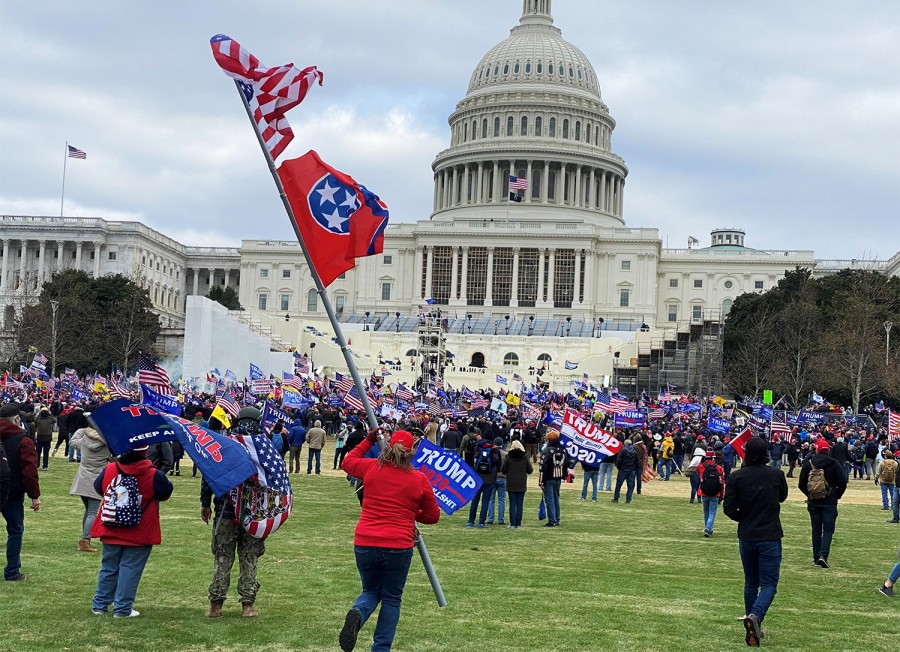In the days and weeks following the attack on the US Capitol, bipartisan calls for unity have echoed throughout the house chambers and the pulse of the nation. A divided country coming together in the wake of a tragic, but critical moment. What will this moment mean for the country’s future, for its democracy? How this critical moment and its aftermath is questioned, analyzed and learned from will provide insights to these questions, bearing the opportunity to positively influence group dynamics; perhaps even to foster unity in the United States.
In “What Use is a Critical Moment?”, Laws (2020) contextualizes critical moments in the context of negotiation or conflict. Laws states that, “in the work of research, diagnosis, and intervention, critical moments are, quite literally, something to be asked about… asking about them will be revealing, it will help to identify and describe the specific moments through which a conflict or negotiation developed in the eyes of those involved,” and, “such moments might include the turning points in which the broader interaction changed.”
In the weeks following the attack, it has been worthwhile to question and discuss it, while highlighting the continual shift in “broader interaction”— rhetoric, attitudes, tone—between groups (political party followers/elected officials), as the country acts and reacts to the continuous aftershocks of this critical moment in history.
By analyzing the shifts in the “broader interaction” and creating a dialogue between all points of view on the moment, insight is gained into the ecosystem fostering the attack, “clarify[ing] the significance of a particular stage” in group interaction (Laws, 2020). Looking at these moments in interaction can lead to useful questions:
- Motivations fueling the attack?
- How is each side acting/re-acting to the event?
- How have these actions/reactions changed as time passed since the attack?
- What changes in political/cultural group relations were present pre/post attack?
- How was the attack able to cause fundamental shifts in viewpoints/relations?
By asking these questions, and reconstructing stories, we begin a process of understanding. Compiling individual points of view, and building a story of the moment, will provide insight on how to proceed. However, if we neglect to ask questions and listen, Critical Moments like that seen on January 6th, 2021, may become more prevalent, more destructive, and possibly fueled by similar un-quelled motivations.
Conflict puts plot in motion, and this moment will not wait for action, it will move with the current of those who do not stand idle. Laws (2020) shows how critical moments, destructive as they can be, can open avenues for change that were previously blocked. Thus, conflict resolution practitioners, elected officials, community leaders, etc.—owe it to our fragile society that the plot put in motion by the capitol attack, is one of healing, unity, and reconciliation.
Laws, D. (2020). What Use is a Critical Moment? Negotiation Journal, 36(2), 107-126. doi:http://dx.doi.org/10.un/nejo.12323
